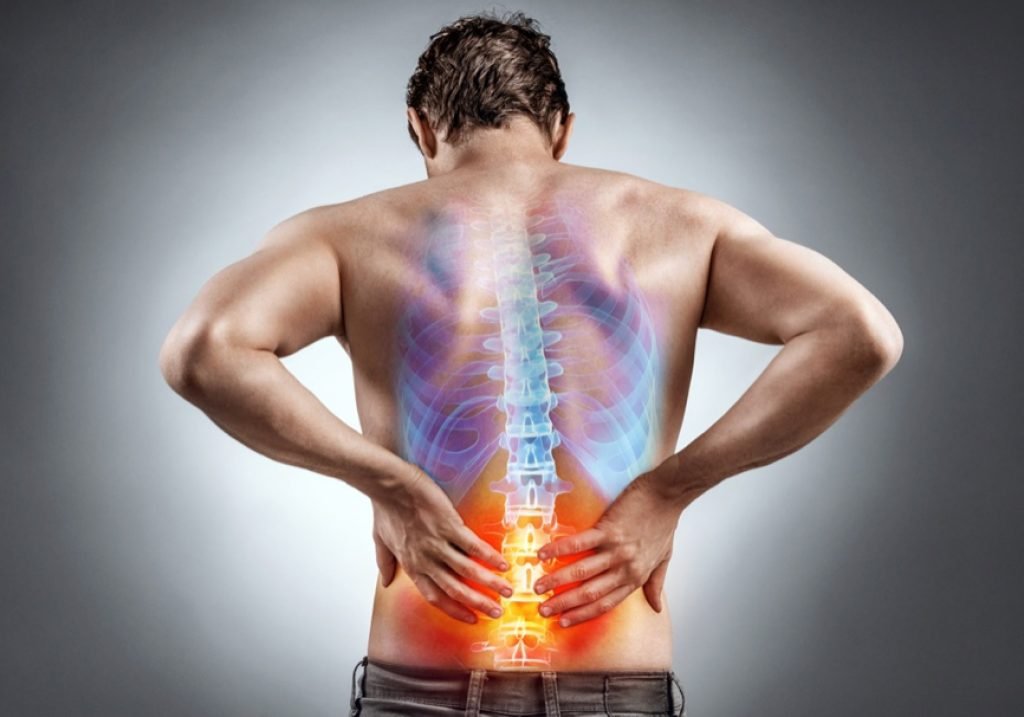In the realm of physical discomfort, back strain is a prevalent ailment that affects millions worldwide. Often, individuals associate back strain with a specific injury or incident, but what if the pain arises seemingly out of nowhere? Is it possible to experience back strain without a discernible injury? Let’s delve into this intriguing query to unravel the mysteries surrounding back strain.
Understanding Back Strain: A Complex Conundrum
Back strain, characterized by pain, stiffness, and limited mobility in the back region, typically arises due to overexertion or improper lifting techniques. However, there exists a subset of cases where individuals report experiencing back strain without a clear injury or trauma. This phenomenon perplexes both medical professionals and sufferers alike, prompting a deeper investigation into its underlying causes.
Exploring Non-Traumatic Back Strain: Beyond the Obvious
The main ingredient in Pain O Soma 350mg is carisoprodol, a skeletal muscle relaxant with central action. This medicine works by modifying the way that neurons communicate with each other in the central nervous system, which relaxes muscles and relieves pain.
While traumatic incidents like lifting heavy objects incorrectly or sudden movements can undoubtedly trigger back strain, non-traumatic factors may also contribute to its onset. Poor posture, prolonged sitting, obesity, muscle imbalances, and even psychological stressors can exert strain on the back muscles, leading to discomfort and pain. In essence, back strain may manifest as a result of cumulative stressors rather than a single traumatic event.
The Role of Muscular Imbalances: A Key Culprit
Muscular imbalances within the body can significantly predispose individuals to back strain, even in the absence of an apparent injury. When certain muscles overpower others due to weakness or tightness, it creates an imbalance that places undue stress on the back muscles and surrounding structures. Over time, this imbalance can exacerbate, leading to chronic back strain and discomfort.
Addressing Lifestyle Factors: Mitigating Back Strain Risk
In the pursuit of mitigating back strain risk, lifestyle modifications play a pivotal role. Incorporating regular exercise routines that focus on strengthening the core muscles and improving flexibility can help maintain optimal spinal alignment and prevent strain. Additionally, adopting ergonomic practices in daily activities, such as proper lifting techniques and ergonomic workstations, can alleviate undue stress on the back.
Pain O Soma 500 mg’s main medicinal advantage is its capacity to efficiently treat musculoskeletal pain. By addressing the underlying muscle tension and spasms, this medicine offers substantial relief from a variety of diseases, including injuries, sprains, strains, and chronic illnesses.
Psychological Factors: The Mind-Body Connection
The intricate connection between the mind and body cannot be overlooked when exploring the onset of back strain. Psychological factors like stress, anxiety, and depression can manifest physically, leading to muscle tension and increased susceptibility to back strain. Thus, fostering mental well-being through relaxation techniques, mindfulness practices, and stress management strategies can indirectly alleviate the risk of back strain.
Seeking Professional Guidance: A Prudent Approach
In instances where back strain persists despite lifestyle modifications, seeking professional guidance is imperative. Consulting with a healthcare provider, such as a physiotherapist or chiropractor, can facilitate a comprehensive assessment of the underlying factors contributing to back strain. Through personalized treatment plans encompassing manual therapy, exercise prescription, and ergonomic recommendations, individuals can embark on a journey towards alleviating back strain and restoring optimal function.
Conclusion: Navigating the Enigma of Back Strain
In conclusion, while back strain is commonly associated with traumatic incidents or injuries, its occurrence without a discernible cause remains a perplexing enigma. By delving into the multifaceted nature of back strain, encompassing both physical and psychological factors, we gain a deeper understanding of its complexities. Through proactive lifestyle modifications, addressing muscular imbalances, and seeking professional guidance when needed, individuals can navigate the realm of back strain with resilience and empowerment.



